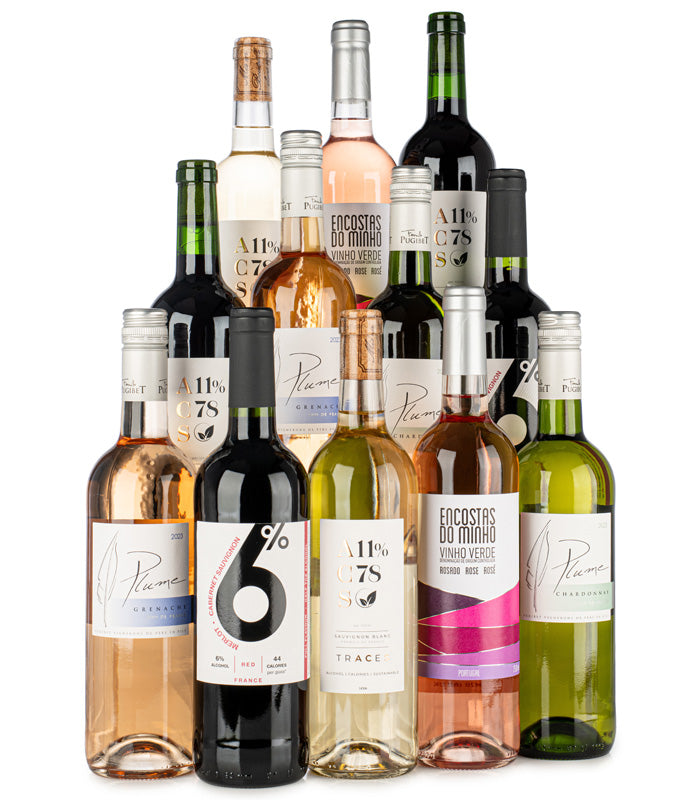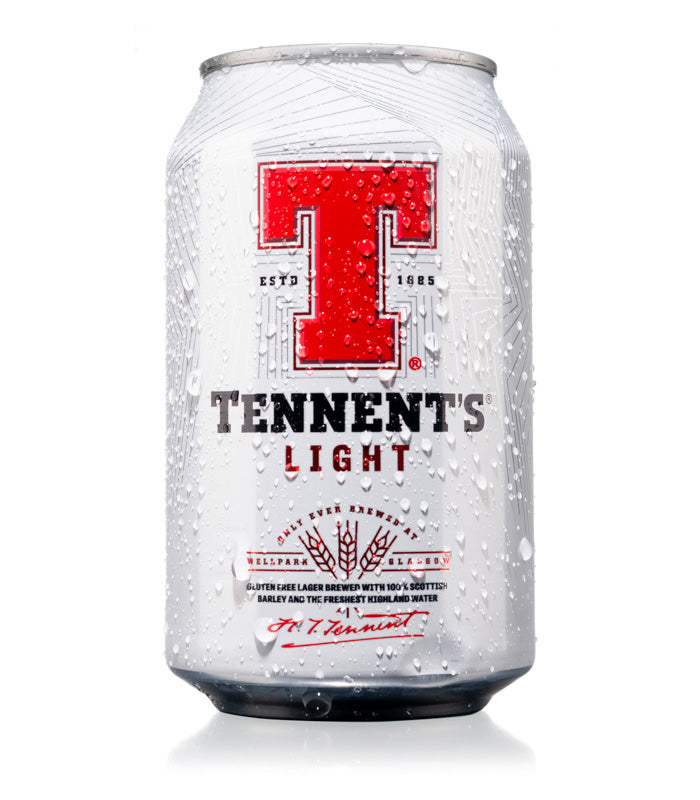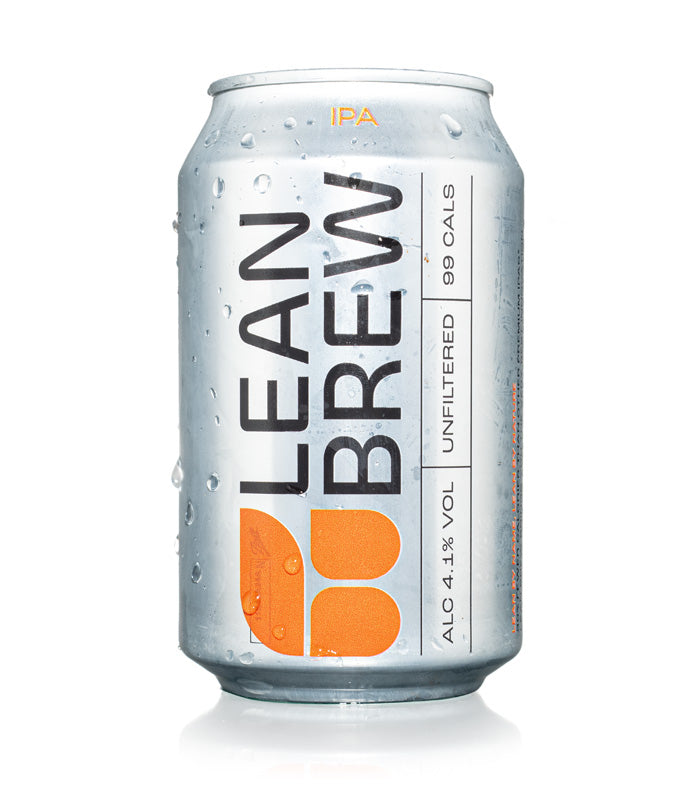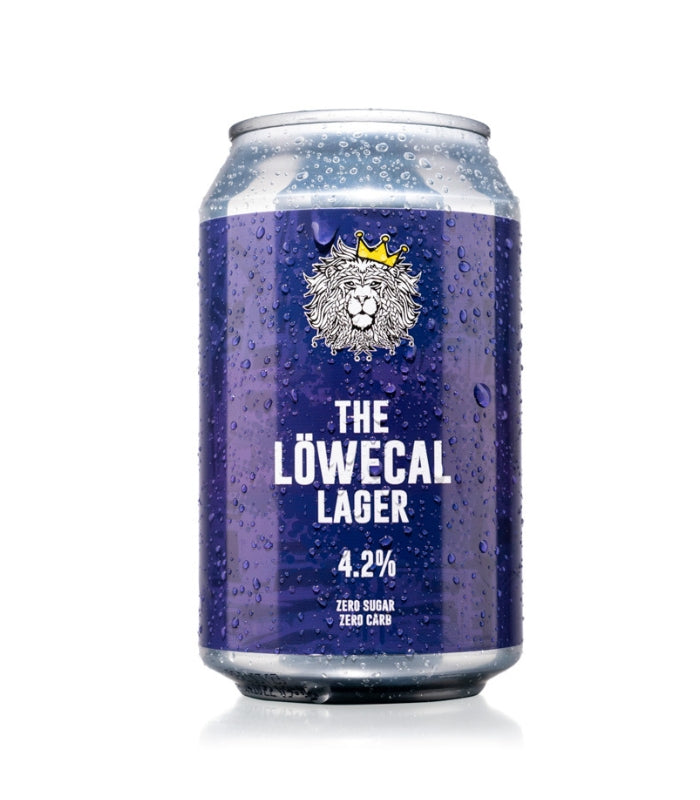Browse Related Products
Guide to Rosé Wine

Related Products
Liquid error (sections/article line 236): Could not find asset snippets/product-card-article.liquid
Liquid error (sections/article line 236): Could not find asset snippets/product-card-article.liquid
Liquid error (sections/article line 236): Could not find asset snippets/product-card-article.liquid





DrinkWell is the UK’s top provider of high-quality, lower-calorie wines from around the world.
With its delicate flavour profile, beautiful hue and versatile nature, Rosé wine has gained well-deserved recognition over the past few years, making dinner parties and long summer days just a little bit rosier.
In this blog, we explore everything you need to know about Rosé wines, from how they are made, to how to serve them and what to expect when it comes to sugar and calorie count.
How Is Rosé Wine Made?
Contrary to popular belief, Rosé wine is not just a mix of red and white wines (although it can occasionally be produced this way). Rosé wine is usually made from red grapes that are pressed to squeeze out the clear juice. During maceration, the skins are only left in contact with the juice for a very short period of time (often a matter of hours), during which some of the pigment in the tannin-rich skin bleeds into the juice, giving it its iconic pink hue. In contrast, red wine is left in contact with the skins during the full maceration process, at higher temperatures, thus gaining its deep red hue.
After maceration, Rosé wine is fermented and aged for a short period of around 6 months, to maintain the fresh and fruity qualities that define Rosé wine.
Where is Rosé Wine Made?
Rosé wine is not a variety of wine, but rather a style which uses a specific production method that is used in regions around the world to obtain the delightful pink and orange hues that we love.
Provence, France is perhaps the best-known area for the production of Rosé wine. Wines produced in this area are generally dry, with delicate flavours. However, high-quality Rosé wine is produced all around the world, from Spain, Portugal and other European regions to California, Australia and South America.
Rosé Wine Tasting Notes, Body and Sweetness
Because of their typically shorter fermentation and ageing periods, Rosé wines tend to have crisp and bright taste profiles with medium-body and smooth feel.
However, Rosé wine can be produced using a wide variety of red grapes. Because of this, the tasting notes of Rosé wines can vary greatly from wine to wine, so there is plenty to try out there!
Just like flavour, the dryness levels of Rosé wines can vary depending on the grape variety and fermentation methods used in their making. However, dry Rosé wines tend to be the most popular, especially among old-world producers.
Dry Rosé wines are richer in tannins and very low in sugar content, they are generally produced using grape varieties like Grenache, Cinsault, Syrah, Mourvedre, Sangiovese, Carignan, Cabernet Sauvignon, And Tempranillo.
Malbec, Muscat and Zinfandel are also popular choices in the making of Rosé, typically producing sweeter wines.
Sweetness vs. Sugar Content in Rosé Wines
Against popular belief, the more traditional variants of Rosé, like the popular Provence variety tend to be dry wines, with very little residual sugar. While some grape varieties do naturally produce sweeter-tasting wines, wine sweetness is not always determined by the grape. Wine-making techniques like Stuck Fermentation, which cuts the fermentation process short to prevent some of the sugar in the grape from transforming into alcohol, can be used on any grape to create sweeter Rosé wines.
As such, we recommend sticking to the dryer varieties if you’re watching your sugar intake! Because there are no regulations requiring sugar content and other nutritional information to be declared on the label, leaning into the sweeter supermarket-ready varieties of Rosé, may mean inadvertently increasing your sugar intake. At Drinkwell we provide you with the sugar, calorie and carb content of every delicious Rosé we have on offer, so you always know what’s in the bottle!
How Many Calories Are In Rosé Wine?
The calorie content in your favourite bottle of Rosé can vary depending on the types of grape used, residual sugars, and alcohol content. In our own research, we found that the most popular supermarket brands of Rosé wine contain on average between 546 and 552 calories per 750 ml bottle. And, according to Drinkaware, a bottle of Rosé wine can contain as many as 591 calories.
That means around 138 calories in each large glass of Rosé (175 ml) and just over 98 calories per small glass (125 ml).
The Calorie Content in Rosé Wine vs. Other Wines
On average, Rosé wines tend to be lighter than white wines, meaning slightly less alcohol and a lower calorie count! Dry Rosé wines, in particular, tend to be lower in calories than most red and white wines, making them a good choice if you are watching your calorie intake.
The good news for those of you trying to match your alcohol choices to your lifestyle is that even lower-calorie options are available if you know where to look for them! At Drinkwell, we bring together some of the best low-calorie and zero-sugar wines from around the world and provide you with all the numbers typically missing from the label.
DrinkWell’s Selection of Lower-Calorie Rosé Wines
Our collection of Rosé wines brings together some of the best wines available on the market today, all of which are lower in calories and sugar content than their average counterparts. Below are some of our favourites:
Skinny Tinny Rosé
At just 61 calories per serving, Skinny Tinny is the lowest-calorie Rosé in our collection. This is a perfectly pale rosé wine with notes of strawberries and floral rose petals, made using a blend of Chardonnay and Pinot Noir. The perfect wine for picnics or at home when you don't want to commit to a full bottle!
Serving size 250ml
At just 61 calories per serving, it is the lowest-calorie Rosé in our collection.
Traces Rosé
Serving size 125ml
This succulent wine delivers excellent red berry fruit characters, with herbaceous and grassy notes for a delicious balance. This delightful Rosé originates from the lush vineyards of Southern France in the Cotes de Thongue region. The careful fermentation process ensures that there are 0 residual sugars in this wine, and makes it suitable for vegetarians, vegans, and 100% gluten-free, so everyone can enjoy its wonders.
Skinny Witch Prosécco Rosé
Serving size 125ml
The Skinny Witch Prosécco Rosé is an award-winning label and an all-time favourite here at DrinkWell. This dry sparkling Rosé is beautifully balanced, with aromas of rose petals and red berries, a floral and fruity palate, and a strong raspberry note. On the finish, there's a lingering fresh fruit flavour. We think this beautiful Rosé will make the perfect addition to your next get-together.
What To Pair With Rosé Wine
Rosé is an incredibly versatile type of wine. For many, the ethereal pinks and refreshing aromas of Rosé wine are synonymous with summer. But, with so many varieties of grapes used in its making, there are plenty of distinctive Rosé wines available to pair with delicious dishes year-round.
To find the perfect pairing, think about the type of grape and region your Rosé of choice originates from, as well as tasting notes, intensity and acidity.
Lighter Rosé wines, like this Les Oliviers Grenache Cinsault Rosé, will pair perfectly with lighter, more delicate food. Consider serving them alongside fresh salads, grilled vegetables, and classics of Mediterranean cuisine, like seafood and tapas. They also pair well with soft, creamy cheeses, like feta and goat’s cheese.
Medium-bodied Rosé wines, like those typically produced in France and Northern Spain, stand up well to bolder flavours. We’d recommend pairing them with charcuterie, olives and anchovies, and more complex dishes like paellas, grilled fish, chicken and even lamb. This La Ruchette Dorée, Côtes du Rhône Rosé would make the perfect accompaniment for a hearty lunch.
Full-bodied Rosé wines, like this Solara Rosé from Cramele Recas, are the way to go when it comes to richer and heavier dishes. Full-bodied Rosés pair well with barbequed meat, strong-flavoured and spicy dishes like curries. The bolder flavours in this type of Rosé wine allow for pairings with stronger, more mature cheeses.
How To Serve Rosé
As we have explored above, Rosé wine can be the right choice for any occasion. To fully appreciate its enchanting colour and bouquet of tasting notes, it is important to serve Rosé wine correctly.
Ideal Serving Temperature
Rosé wine is best served chilled between 7°C and 13°C, depending on the wine. This temperature is slightly higher than that recommended for white wines. Because of their delicate nature, it is important to serve light-bodied Rosé wines slightly warmer than whites, to ensure that the temperature does not mask any flavours.
Glassware and Presentation
Rosé wine is best served in tulip-shaped or slightly tapered, stemmed glasses, to allow for the aromas to reach your nose and prevent your body temperature from warming the wine. Clear glasses are recommended, as they will allow you to fully appreciate the wine’s colour.
Proper Storage
Like all wines, Rosé should be stored in a cool (11-15°C), dark place, away from direct sunlight and temperature fluctuations.
Rosé wine is not generally suitable for ageing, as it is defined for its fresh and fruity qualities, which are a marker of its young age. So if you have a bottle of Rosé waiting in your cellar, don’t be afraid to pop it open and enjoy!
Explore DrinkWell Wines